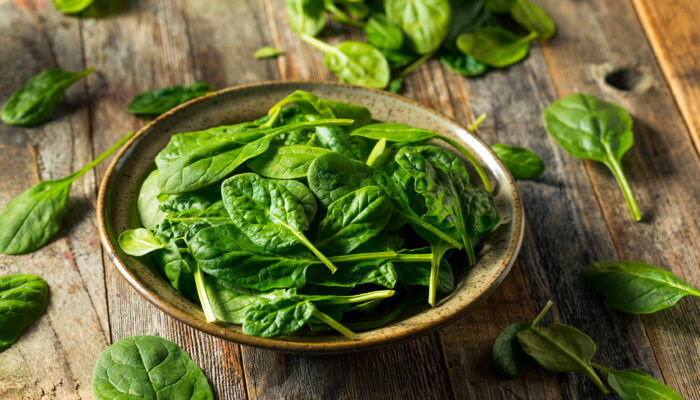
health
8 warning signs that indicate excess sugar intake
Sugar is a soluble carbohydrate that is often added to most of our foods. This is what makes delicacies like cookies, chocolates, brownies, and cakes delicious. However, eating too many foods rich in sugars can deteriorate your overall health. The compound may cause health conditions and complications like tiredness, build-up of visceral fat, diabetes, and heart disease. So, here are eight signs of excess sugar intake to look out for. Feelings of irritability Studies indicate that eating foods with too much sugar may lead to irritability, stress, and moodiness. Sugar-rich foods contain less protein and fats which may lead to spikes in blood sugar levels. In turn, the body will rush to process the compounds and cause the energy levels to crash. Foods don’t taste sweet anymore Sometimes you may feel that the sugar-laden foods you consume are not as sweet as it once was. It may be an indication that you are consuming too much sugar. You may also find yourself less satisfied when you consume foods with low sugar content. Excess visceral fat Sugar is also known to affect leptin, a hormone that signals the brain when you have enough to eat. And processed snacks are rich in sugar but low in protein, healthy fats, and fibers.
Read More 








